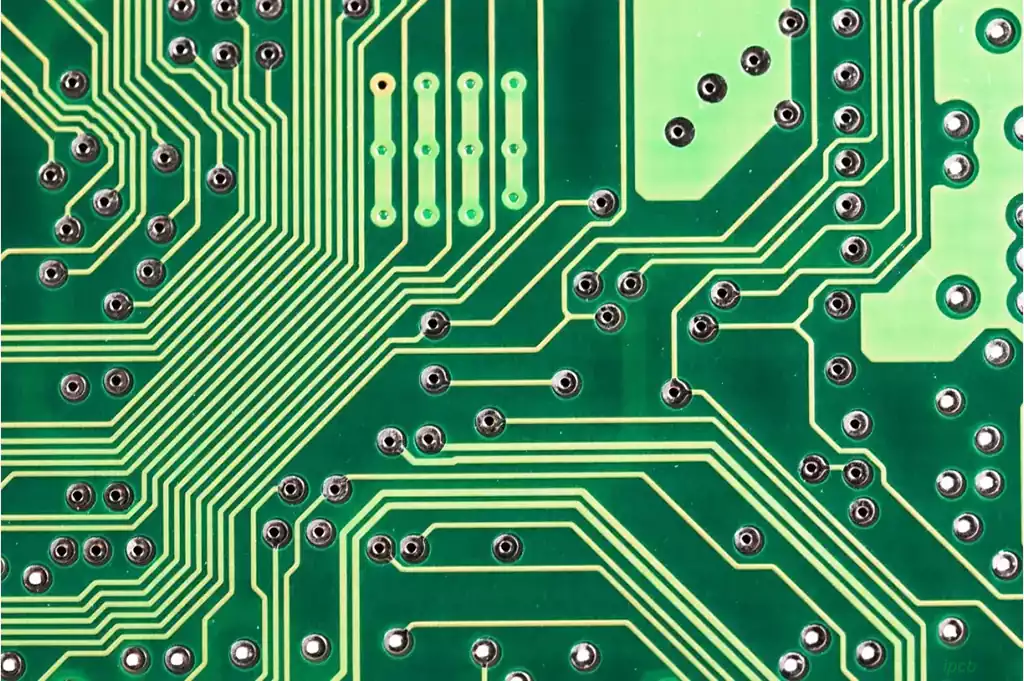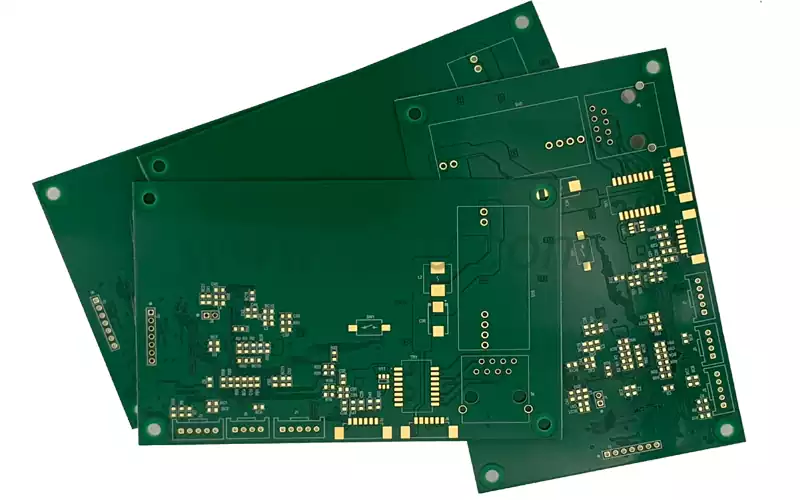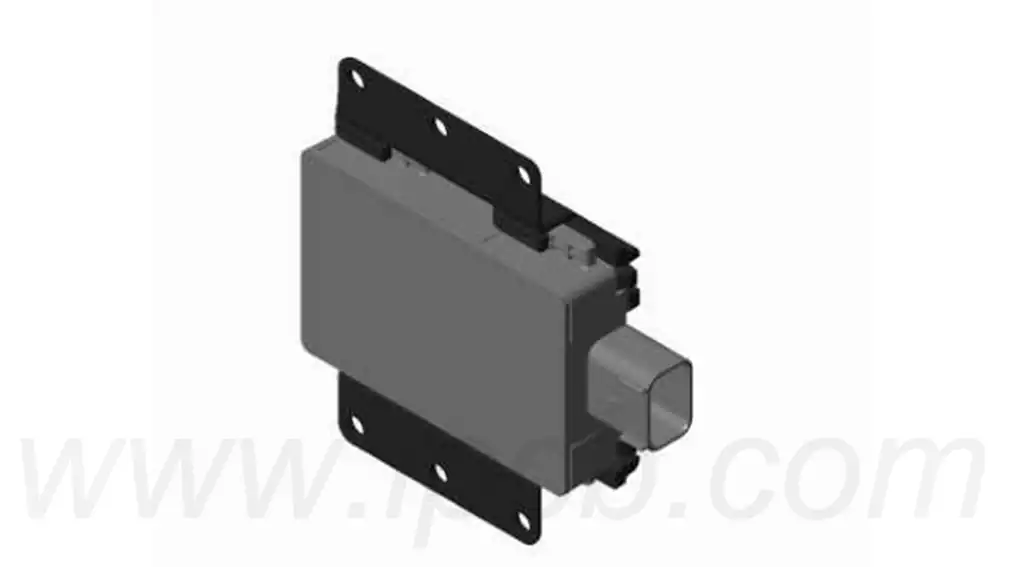PCB thickness generally refers to the total thickness of the entire board,including the substrate (e.g., FR-4, etc.) and the thickness of the copper foil on two or more sides. The “copper thickness” refers to the thickness of the copper foil on one or both sides of the board,commonly measured in ounces (oz) or microns (μm).
The thickness of the copper foil directly affects the current-carrying capacity of the circuit.Increased thickness means higher current carrying capacity and lower resistance,which is especially important for high power applications.In high-frequency circuits,proper copper foil thickness helps to minimize signal loss and interference.
Furthermore,thicker copper foils provide better mechanical stability,but they can also be more difficult to process,such as drilling holes that are prone to copper foil tearing.Of course,increasing the thickness of the copper foil will increase the cost of materials and processing costs.
Factors affecting circuit board thickness
PCB thickness is one of the key parameters to be considered in the design process,which has a great impact on the performance and reliability of the circuit board. The following factors need to be considered when selecting board thickness:
- Signal speed
The thinner the board thickness, the faster the signal speed, and vice versa.However,when the board thickness is less than 0.8mm, there will be a great loss of signal, which will produce serious signal interference and affect the normal operation of the circuit board. - Heat conduction
The thinner the board thickness, the worse the heat dissipation ability, easy to produce hot spots and thermal runaway phenomenon,affecting the performance and reliability of the circuit board. - Mechanical strength
The thicker the board, the higher the mechanical strength, the flatter the board surface, the greater the bending strength.However,the board thickness will affect the assembly and size design of the board.
Considering the above factors, usually choose the board thickness between 1.6mm-2.0mm is more appropriate.

Characteristics and application scenarios of PCBs with different thicknesses
- Thin board (0.4mm or less)
Thin boards are lightweight, soft, easy to bend, etc., and are suitable for products with high space requirements, such as cell phones and wearable devices. However, the load-bearing capacity of thin boards is relatively weak,and is not suitable for scenarios where heavier components need to be carried. - Medium Plate (0.4-1.6mm)
The center plate strikes a good balance between thickness and load-bearing capacity, and is suitable for most electronic products, such as computer motherboards, home appliance control boards, etc. The center plate has the right stiffness and stability.The stiffness and stability of the center plate is moderate and can meet the needs of most application scenarios. - Thick plate (above 1.6mm)
Thick plate has a high load-bearing capacity and stiffness,suitable for the need to carry high-power components,high-voltage components or harsh environment of electronic products, such as industrial control boards,automotive circuit boards and so on. However,the cost of thick boards is relatively high and the processing is difficult.
How to choose the right circuit board thickness
When choosing circuit board thickness,you need to weigh the actual needs of the product and application scenarios.Here are a few suggestions:
- Clear product requirements and performance requirements:Before selecting the PCB thickness,you need to fully understand the product performance requirements, application scenarios and component load-bearing and other needs to ensure that the selected thickness can meet the product requirements.
- Reference to industry experience: you can ask experienced engineers in the industry,to understand the experience of similar products in the selection of PCB thickness and lessons learned.
- Consider the production process and cost: different thicknesses of PCB in the production process and cost differences.Under the premise of ensuring product performance, try to choose a mature production process,lower cost PCB thickness.
- Test and verification: After selecting the PCB thickness,it is recommended to test and verify to ensure that the selected thickness can meet the product performance and stability requirements in practical applications.
In practical applications, we need to select the appropriate PCB thickness according to the specific needs of the product, taking into account the signal speed, thermal conductivity, mechanical strength and other factors, as well as the actual conditions of the production process and cost. Through reasonable selection and design, we can ensure product performance while reducing production costs and improve product competitiveness in the market.



